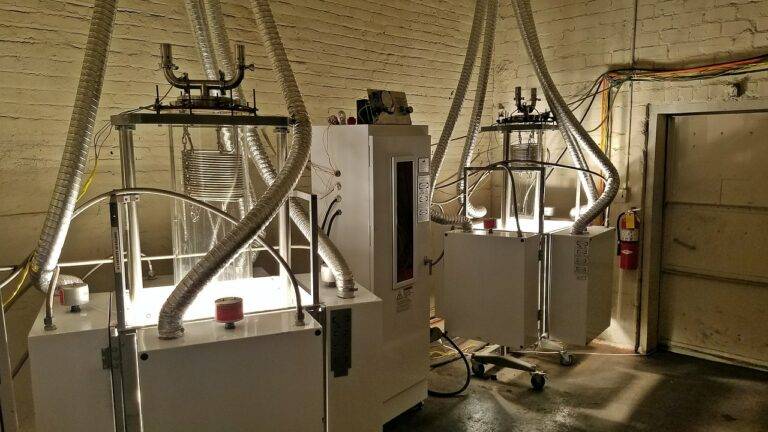The Impact of 3D Printing on Aerospace Industry
3D printing technology has revolutionized the aerospace industry by offering numerous advantages. One key benefit is the ability to produce complex and intricate parts with high precision and accuracy. This capability allows for the creation of lightweight components that are both durable and efficient, leading to improved performance and fuel efficiency in aircraft.
Additionally, 3D printing enables rapid prototyping, reducing the time and cost associated with traditional manufacturing processes. This agility allows aerospace companies to iterate designs more quickly, leading to faster product development and ultimately, a competitive edge in the market. The flexibility of 3D printing also allows for on-demand production, minimizing inventory costs and waste, making it a sustainable choice for the aerospace industry.
Challenges Faced in Implementing 3D Printing in Aerospace Industry
One of the main challenges in integrating 3D printing technology in the aerospace industry is the stringent regulatory requirements. As safety and reliability are top priorities in aviation, ensuring that 3D printed parts meet the rigorous certification standards set by regulatory bodies is crucial. This involves extensive testing and validation processes to guarantee the quality and performance of 3D printed components, adding complexity and time to the production timeline.
Additionally, the high costs associated with materials and equipment for 3D printing pose a significant hurdle for aerospace companies looking to adopt this innovative technology. The specialized materials required for aerospace applications, along with the sophisticated 3D printers needed to produce complex parts, can result in substantial upfront investments. Balancing these costs with the potential long-term benefits of reduced lead times and customized parts remains a key consideration for industry players venturing into the realm of 3D printing in aerospace.







